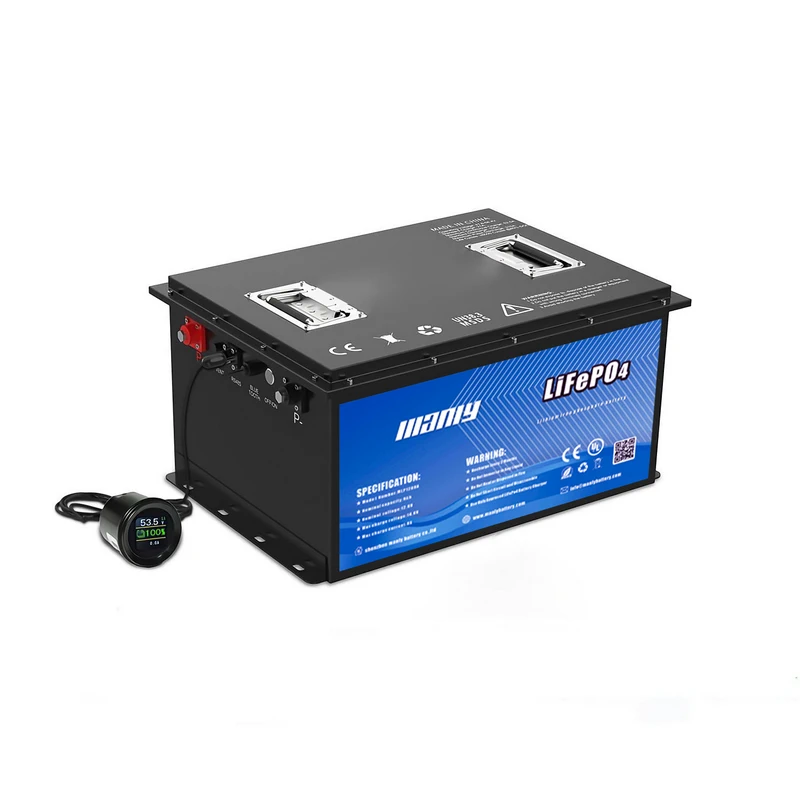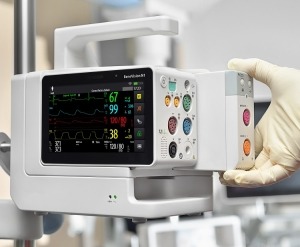2024 How to Handle Golf Cart Lithium Conversion with High-Speed Modules
Table of Contents
- 2024 How to Handle Golf Cart Lithium Conversion with High-Speed Modules
- Why Switch to Lithium Batteries for Your Golf Cart?
- When to Switch to Lithium Batteries for Golf Cart
- How to Choose the Right Golf Cart Lithium Battery
- Costs of Switching to Lithium Batteries for Golf Cart
- Best Practices for Maintaining Golf Cart Lithium Battery
- Getting Ready for Golf Cart Lithium Battery Conversion
- Step-by-Step Golf Cart Lithium Conversion Process
- Benefits of Golf Cart Lithium Battery Conversion
- The Role of High-Speed Modules in Golf Cart Lithium Conversions
- Key Problems in Golf Cart Lithium Conversions with High-Speed Modules
- Effective Solutions for Golf Cart Lithium Conversion with High-Speed Module Issues
- Conclusion

Why Switch to Lithium Batteries for Your Golf Cart?
Converting your golf cart to use lithium battery for golf cart brings numerous benefits. Lithium batteries deliver superior performance and longer life compared to older models, making them a worthwhile investment. Here are some reasons to consider this upgrade:- Improved Performance: Lithium batteries provide faster acceleration and better overall power delivery.
- Increased Range: With higher energy density, these batteries can power your cart for longer distances without needing frequent recharges.
- Less Maintenance: Unlike lead-acid batteries, lithium batteries require minimal upkeep, saving you time and effort.
When to Switch to Lithium Batteries for Golf Cart
Recognizing the right time to upgrade your golf cart batteries is essential. Here are key indicators that it might be time to make the switch:- Damaged Batteries: Look for visible signs of damage, such as corrosion around the terminals or swelling of the battery case. These are clear indicators that your lead-acid batteries may be nearing the end of their life cycle.
- Diminishing Battery Capacity: If you notice your golf cart struggles to maintain speed or the range decreases significantly after a full charge, it may be time to consider lithium. A decline in performance often suggests that the existing batteries are failing.
- Excessive Maintenance: Lead-acid batteries require regular maintenance, including checking water levels and cleaning terminals. If you're spending too much time on upkeep, switching to lithium could simplify your life.
- Desire for Better Performance: If you’re looking for enhanced performance, lithium batteries can offer improved speed and efficiency, making your golf cart feel like new again.
How to Choose the Right Golf Cart Lithium Battery
Selecting the appropriate golf cart lithium battery is crucial for ensuring compatibility and optimal performance.- Matching Voltage Requirements: Make sure the voltage of the new golf cart lithium battery matches your golf cart's requirements. Most golf carts operate on 36V or 48V systems. Ensure that the lithium battery for golf cart you choose aligns with these specifications.
- Properly Sized Batteries: Understanding the amp-hour (Ah) rating is essential for determining the right battery size. This rating indicates how much energy the battery can store and how long it will last.
- "Drop-In" Ready Battery Sizing: Opt for batteries that are designed to fit directly into your existing battery compartment without requiring modifications. This “drop-in” approach simplifies installation and minimizes complications.
- Preparing Your Golf Cart for Conversion: Before starting the conversion process, take the following steps to ensure a smooth transition:
- Evaluating Current Batteries: Assess the condition of your existing lead-acid batteries. Identifying issues early can save time and money during the conversion.
- Checking Compatibility: Verify that the new golf cart lithium batteries are compatible with your golf cart’s existing systems, including wiring and charging systems.




















